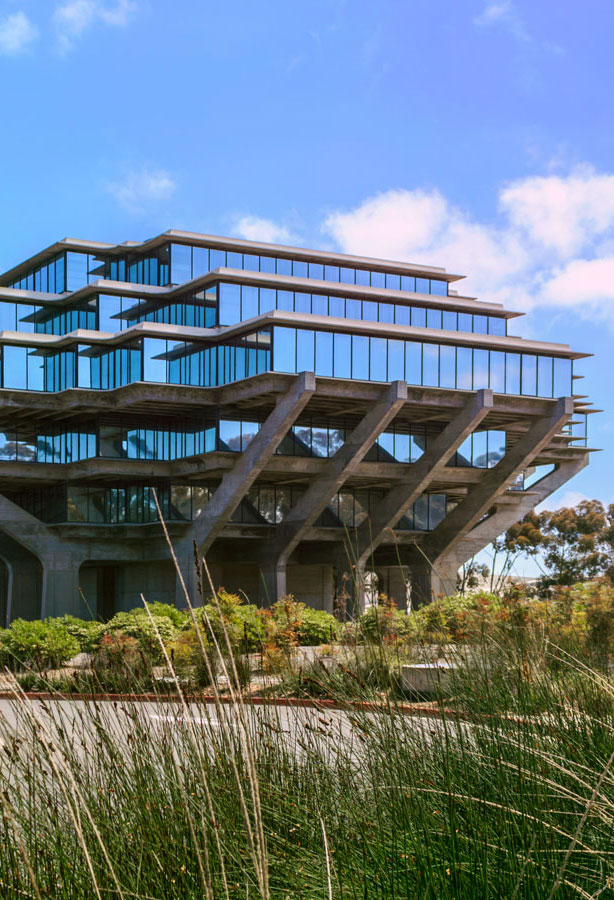Brutalism originated after World War II in Marseilles, France, where the famous Swiss architect Le Corbusier described a housing development he was working on as “bétonbrut,” which translates to raw concrete. This material features heavily, though not exclusively, in Brutalist architecture, and Le Corbusier’s vision was to build in such a way that nothing was hidden. But this concept of honesty in construction divides opinion, and since its inception, Brutalism has been a “love it or hate it” style of architecture. Find out which camp you fall into as you take a look at these seven beautiful Brutalist buildings around the world.
La Cité Radieuse – Marseille, France
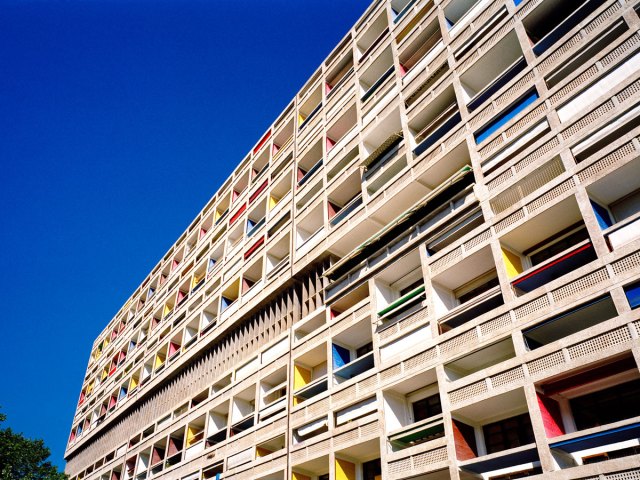
In the 1920s, the architect Le Corbusier developed a visionary housing concept he called Unité d’Habitation (housing unit). It would be many years before he could realize his vision, as La Cité Radieuse took shape in Marseille, a port city in the south of France, between 1947 and 1952. A collection of 337 two-story apartments — plus shops, galleries, restaurants, and a hotel — create a concrete community on stilts. Broad corridors run through the complex on some of the floors, forming elevated streets, while the flat roof is home to a running track, swimming pool, and shared terrace. Four similar developments followed: in Nantes-Rezé, France; Berlin, Germany; Briey, France; and Firminy-Vert, France. Since 2016, the Marseille original has held UNESCO World Heritage status for its contribution to modern architecture.
Geisel Library – La Jolla, California
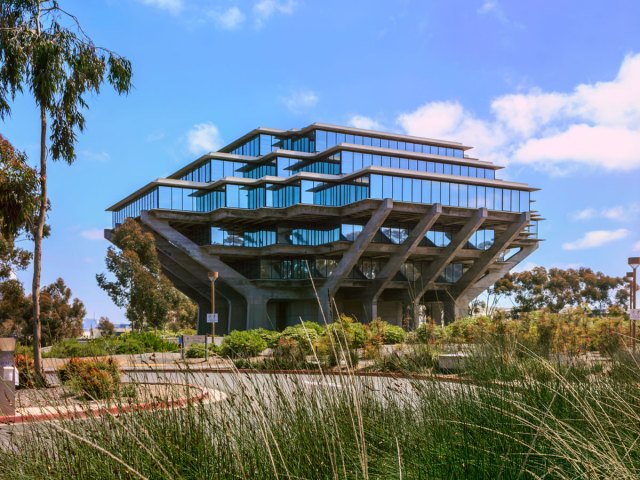
This fabulously unique library was the work of William Pereira. Appropriately for a library, the architect wanted to create a sense of holding knowledge in one’s hands. The building took two years to come together, opening in 1970, and consists of eight floors made of glass and reinforced concrete. The cantilevered structure required heavy-duty slope beam columns to provide sufficient support, but these also serve to enhance the design. A rooftop carillon was installed in 1989, which chimes at hourly intervals during the day. Visitors can take an online or self-guided tour of the library at any time, or visit at noon to listen to a live carillon concert. Since 1995, this Brutalist gem has been dedicated to Theodor Geisel, the children’s author responsible for Dr. Seuss, and his wife Audrey.
Habitat 67 – Montreal, Canada
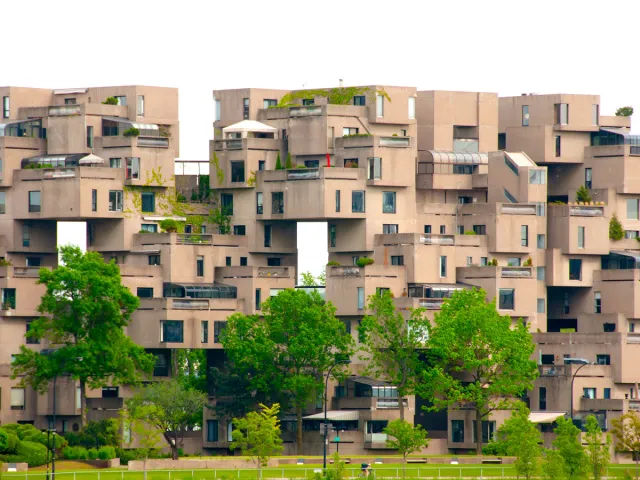
Habitat 67 is an iconic Brutalist complex located in Montreal, Quebec. Taking the lead on this pioneering project was a young architect named Moshe Safdie, who later achieved worldwide fame. Unveiled at the 1967 World Exposition, the development was intended to demonstrate that prefabricated structures could be both practical and beautiful. Habitat 67 comprises 158 apartments over 12 levels; each one was made in a factory and craned into place. The modular construction enables each property to have its own roof garden, and the different sizes of the apartments prevent the design from becoming uniform and dull.
The Barbican Estate – London, England

After London suffered extensive bombing during World War II, just 48 people remained residents of the area that’s now the Barbican at the time of the 1951 census. Thus, architects were given a space that could be used for something bold and innovative. Chamberlain, Powell, and Bon — the firm which won the contract to reimagine the area — created a raised city within a city that would be the basis for a new community of around 4,000 people.
Though the architects went big on concrete, the site isn’t all hard edges — the Barbican Conservatory provides an oasis-like injection of greenery, while the lakeside terrace and sculpture court offer further spaces for leisure and recreation. In 2001, the development was awarded England’s Grade II status, a measure of how important it was to retain the complex and its architectural integrity. Guided tours take place on a regular basis.
Teresa Carreño Cultural Complex – Caracas, Venezuela
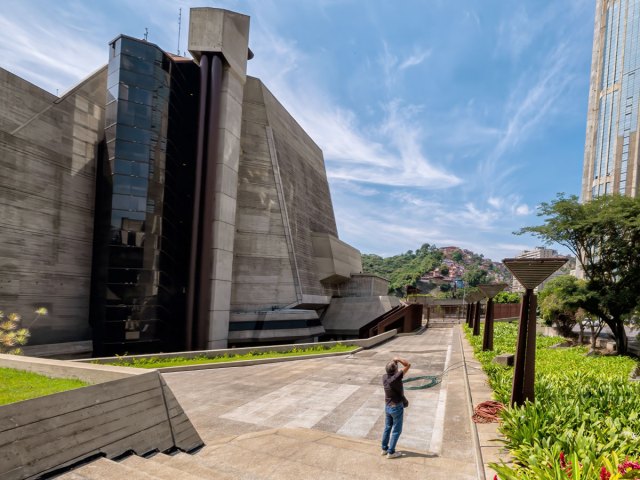
The Teresa Carreño Theater, a landmark Brutalist building in Caracas, hosts live events across two auditoriums: Sala Rios Reyna Hall and Sala José Félix Ribas. You’ll find this cultural complex in the Bellas Artes district of the Venezuelan capital. Architecture tours showcase this and other significant buildings in the city, but the best way to experience the building is to go inside — where opera, music, dance, and theater performances are staged regularly. And the theater, named after a Venezuelan pianist, is not the only famous Brutalist structure in the city. During your visit, be sure to check out the Centro Simón Bolívar (also known as the Towers of Silence) and the Parque Central Urbanistic Complex, which houses the city’s Contemporary Art Museum.
Jatiya Sangsad Bhaban – Dhaka, Bangladesh
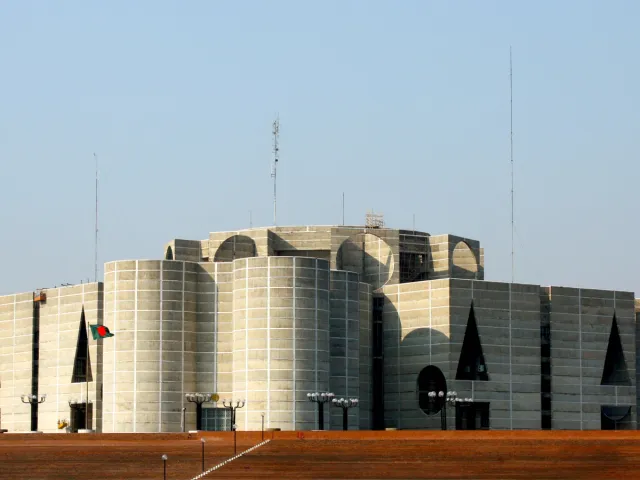
Jatiya Sangsad Bhaban, the National Parliament House of Bangladesh, was constructed from concrete, brick, and white marble. Set among artificial lakes, its imposing walls are almost fortress-like, and act as insulation from the heat outside. Architect Louis Kahn utilized different shapes to emphasize the different functions of the buildings in this complex. The geometric designs used to create the openings in the columns were a nod to Bengali cultural motifs. Construction began when the country was still East Pakistan, and as the newly independent, fledgling state was born, Jatiya Sangsad Bhaban became a symbol of the start of a new era. Kahn died before the project was completed in 1982, but it was posthumously awarded the Aga Khan Award for Architecture.
Boston City Hall – Boston, Massachusetts
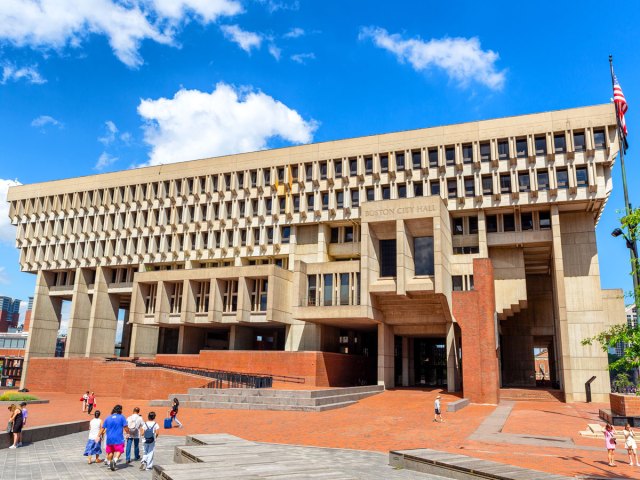
You know you’ve hit on a controversial design when people start calling for demolition before the building is even finished. That’s exactly what happened as Boston City Hall approached completion in the late 1960s, and it has polarized opinions ever since. Some find beauty in its stark lines, while others believe they’ve never laid eyes on anything as ugly. Regardless, it certainly makes a statement. The firm responsible for the project, Kallmann McKinnell & Knowles, produced the winning design in a competition that attracted more than 250 entries. The brick that characterizes its lower levels contrasts to the cantilevered concrete and repetitive shapes of the upper part of the building. Bold, functional, and unique, it’s one of Boston’s greatest architectural talking points.
More from our network
Daily Passport is part of Optimism, which publishes content that uplifts, informs, and inspires.






